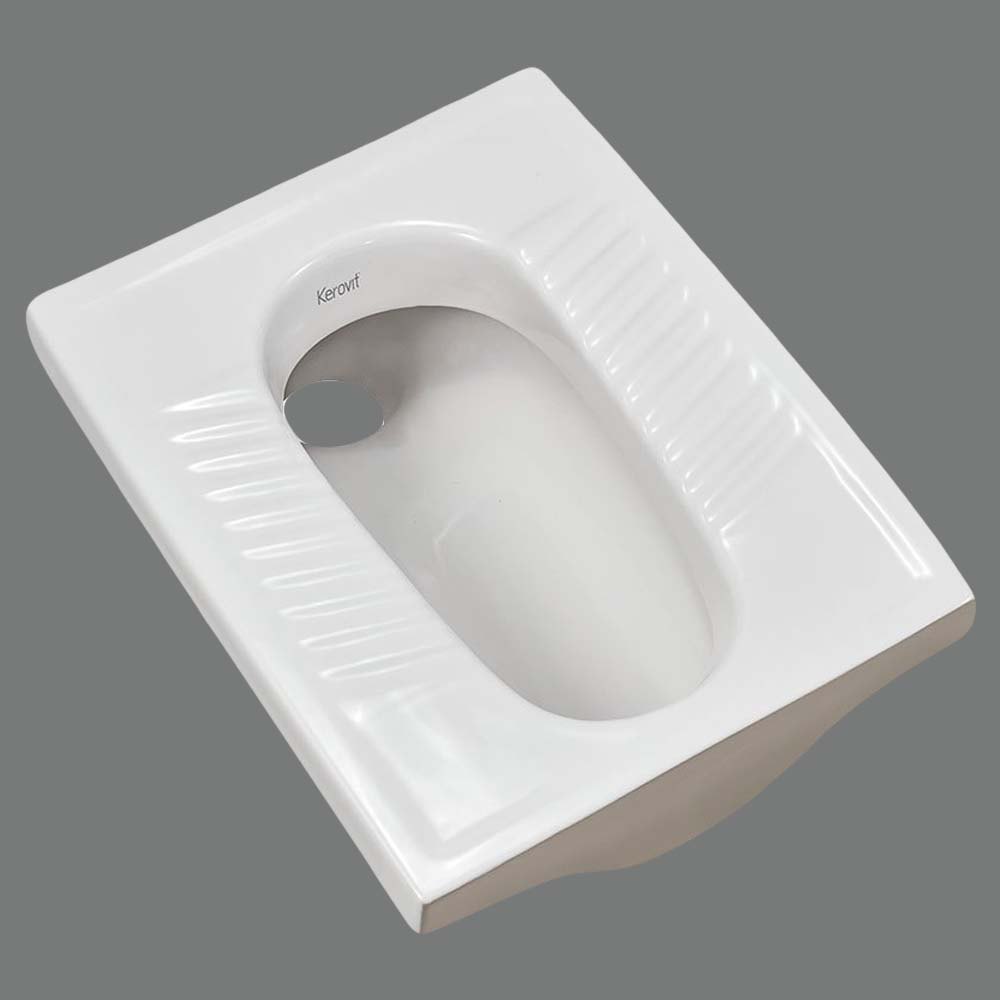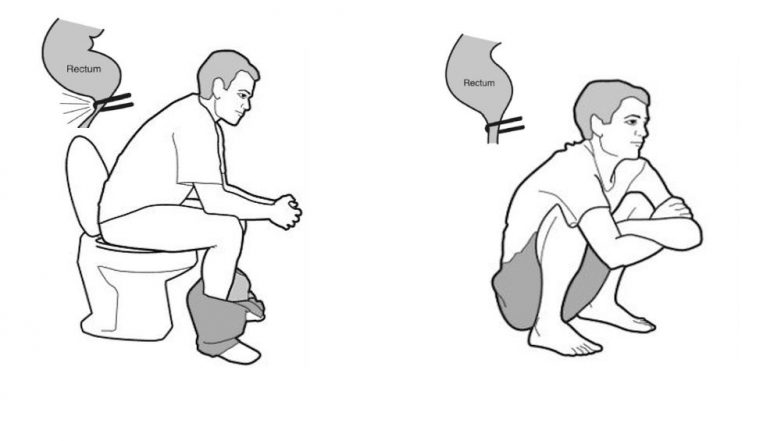If we deeply consider Indian toilet seats, they are not just a tradition but a scientifically proven practice that can be highly beneficial for our health. In today’s fast-paced life, our lifestyle has become increasingly sedentary. Most of us spend long hours sitting at desks in offices, and at home, we relax on sofas or beds. As a result, our bodies stop moving naturally, which is essential for proper digestion and bowel movements. This sedentary lifestyle has led to common health problems like constipation, piles, and even IBS (Irritable Bowel Syndrome).

Western Toilet vs. Indian Toilet:
Western toilet seats encourage a posture where the body sits at a 90-degree angle. In this position, the muscles around the rectum and anus remain tight, making bowel movements less natural and smooth. This often forces people to strain, which, over time, can lead to issues like piles and rectal problems.
On the other hand, Indian toilet seats promote a squatting position, where the body forms a 35-degree angle. This position allows the rectum to open completely, making bowel movements smoother and more natural. However, if you only have a Western toilet at home, you can still simulate the Indian toilet posture by using a squat stool or footrest.

Benefits of Indian Toilet Seats:
- Natural Posture: Squatting ensures proper alignment of the rectum and colon, making it easier to pass stool naturally.
- Improved Digestive Health: Squatting engages abdominal muscles and stimulates the digestive system, aiding in better digestion.
- Prevention of Piles and Constipation: Straining puts pressure on rectal veins, leading to piles. The squatting position reduces this strain.
- Abdominal Muscle Engagement: Squatting works the thigh and abdominal muscles, providing a light workout.
- Support During Pregnancy: Many specialists believe that using an Indian toilet can strengthen pelvic muscles, potentially making labor smoother for pregnant women.
- Reduced Kidney and Bladder Issues: Squatting helps in complete bladder emptying, lowering the risk of UTIs and kidney problems.

Yoga and Ayurvedic Perspective:
In yoga and Ayurveda, the squatting posture is considered healthy and is known as Malasana, a yogic pose. This posture supports natural detoxification by aiding in the removal of toxins from the body. Additionally, it improves blood circulation, which benefits the gut and pelvic region.
Practical Approach:
Including Indian toilet seats in your routine isn’t difficult. If you have a Western toilet, you can use a squat stool or footrest to mimic the squatting posture. This simple adjustment can help you gain similar health benefits.
In Conclusion:
Indian toilet seats are not just a hygienic and convenient choice but also a natural and health-promoting tool. They can help address lifestyle-related health issues effectively. If we look back at our ancestors, this design was their invention—a solution we seem to have moved away from in favor of convenience. By reintroducing this practice into our lives, we can align our lifestyle with a healthier, more natural approach.